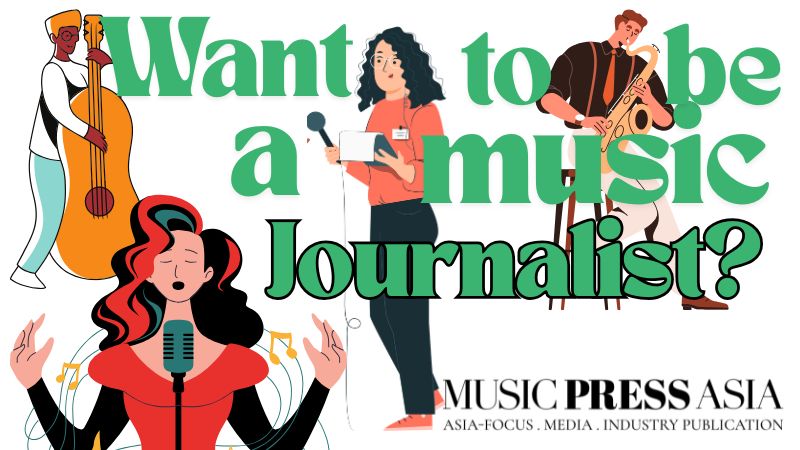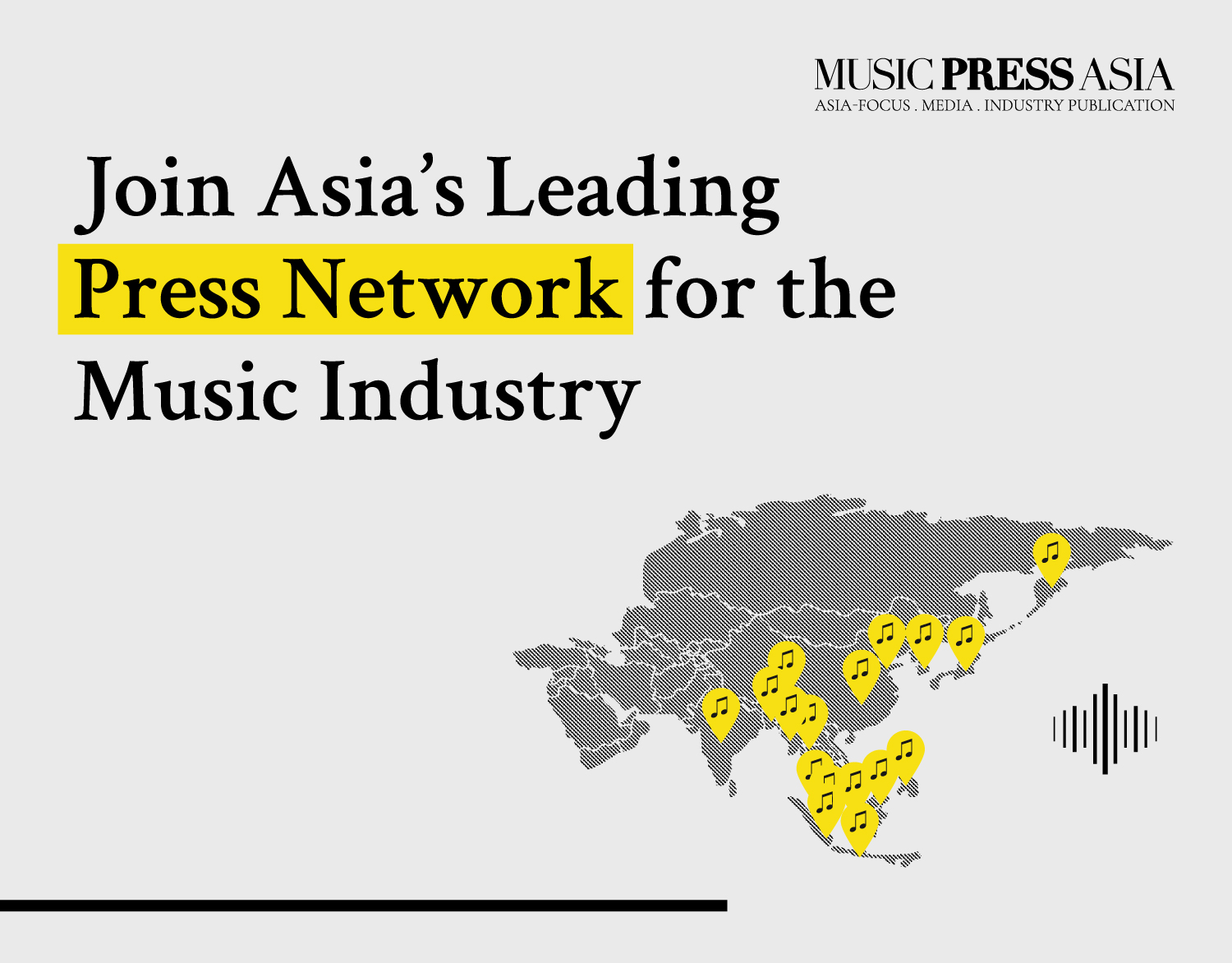How AI Affects Music Creation in Asia?
- -Is the future of music in Asia artificial?
- -Can AI imitate Borneo sounds and music?
- -In the AI world, how can we protect unique musical genre & history?
- -The future of music creation in Asia
- -Is the future of music in Asia artificial?
- -Can AI imitate Borneo sounds and music?
- -In the AI world, how can we protect unique musical genre & history?
- -The future of music creation in Asia
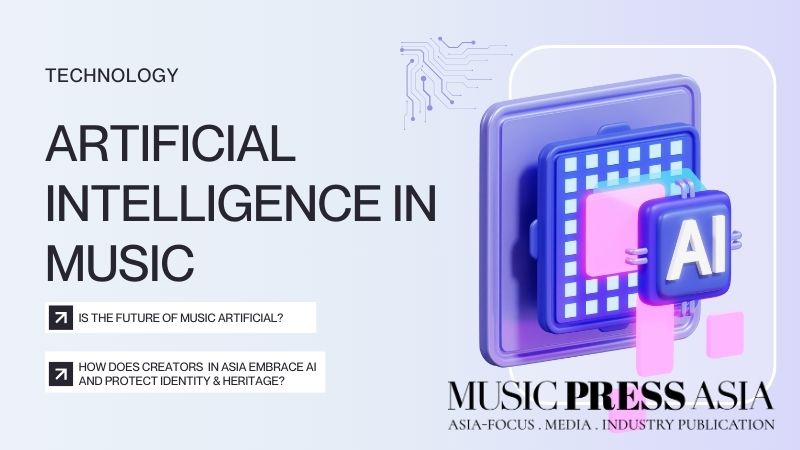
Introduction: AI & Music Creation: Is the Future of Music Artificial?
From viral TikTok beats to chart-topping pop hits, artificial intelligence (AI) is revolutionizing how music is created, produced, and shared—and it’s happening fast. Gone are the days when music relied solely on human creativity; AI-powered tools now assist with songwriting, sound design, and even artist collaborations. But does this innovation make music better, or does it strip away the emotion that makes it special?
AI in Songwriting & Production
Imagine typing a few words into an AI tool and getting an entire song in seconds. Platforms like Amper Music, AIVA, and Google’s Magenta can generate original compositions based on genre, mood, and lyrical themes, giving artists new ways to experiment with sound. Meanwhile, LANDR and Ozone use AI-driven mastering to help producers refine their tracks instantly, making professional-quality music more accessible to independent artists.
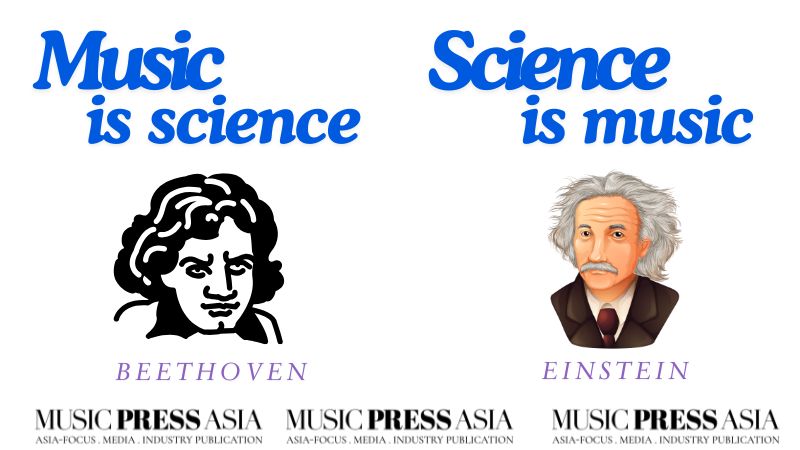
Collaboration or Competition?
Some musicians embrace AI as a creative partner, using it to enhance their ideas rather than replace them. Artists like Grimes and Holly Herndon have experimented with AI-assisted songwriting, blending technology with human expression. However, others fear AI-generated music lacks soul and authenticity, questioning whether it can truly evoke human emotion.
AI-Generated Artists & Virtual Pop Stars
AI is no longer just a tool—it’s becoming an artist itself. FN Meka, the AI-generated rapper, gained viral fame before sparking debates on authenticity. Meanwhile, virtual idols like Hatsune Miku and holographic concerts are shaping the future of live performances. Could AI-created songs dominate streaming playlists, or will listeners still crave human-made artistry?
But what is the cultural significance of AI-generated music for those of us living in Asia? Does a specific demographic shape our musical identity within the region? Sounds from places like Borneo are deeply rooted in tradition and heritage—can they truly be universal, or are they inherently unique to their origin?
Asia’s Creative Perspective
Music in Asia is deeply rooted in cultural identity, and AI-generated music challenges how we preserve and evolve these traditions. While AI can mimic Western pop structures, it struggles to replicate the emotional depth and nuanced storytelling found in regional music—especially genres deeply tied to heritage, like Bornean tribal sounds, gamelan from Indonesia, or Hindustani classical music from India.
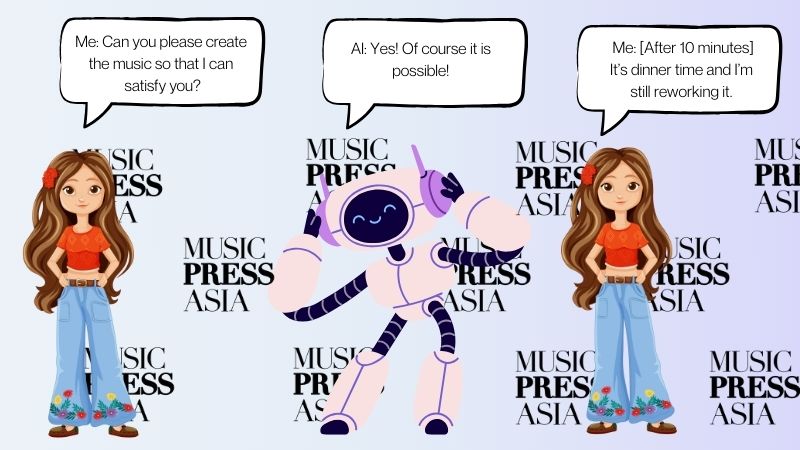
How AI Affects Music in Asia
- Preservation vs. Homogenization — AI could help preserve endangered sounds by analyzing traditional melodies and recreating them digitally. However, the danger is that AI-generated music may water down regional authenticity, making everything sound globally uniform.
- Asian Instruments & Sounds — Tradition instruments like the sape (Borneo), erhu (China), and kulintang (Philippines) don’t fit neatly into AI’s Western-dominated datasets. This means AI-generated Asian music might lack the depth of cultural storytelling, regional tunings, or microtonal elements unique to indigenous sounds.
- Global Recognition of Southeast Asian Artists – AI has made it easier for independent musicians to gain visibility through digital platforms, but does it help regional artists from Asia gain the recognition they deserve? The rise of AI-curated playlists could prioritize Western-influenced music, making it harder for uniquely Asian sounds to break into global markets.

Borneo’s Sound: Uniquely Regional, Impossible to Imitate?
Music from Borneo is deeply tied to the land, oral traditions, and indigenous history. Instruments like the sape (a lute-like instrument from Sarawak) carry a distinctive storytelling style, tuned to nature. AI might learn to generate melodies similar to Bornean music, but can it replicate the spiritual, ritualistic, and emotional layers embedded in centuries of tradition?
Music from Asia—and especially from unique cultural regions like Borneo—deserves to be recognized as more than just a data point in AI’s training models. The key to AI coexisting with cultural music isn’t just about replication—it’s about honoring and amplifying what makes it distinct rather than forcing it into a globally uniform sound.
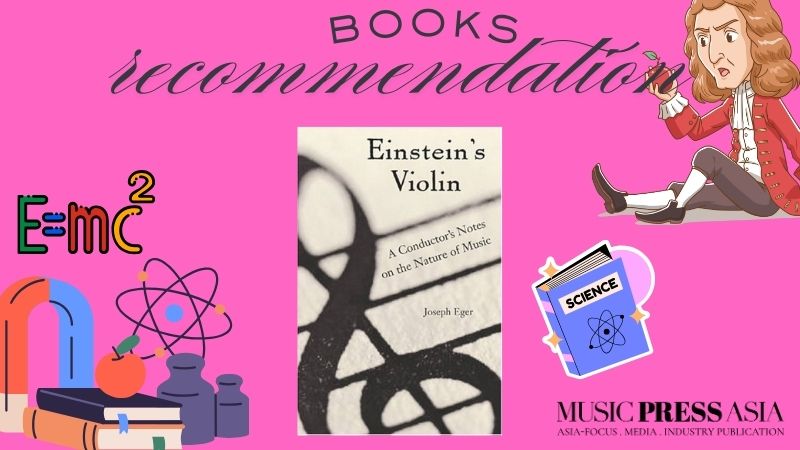
Protecting & Promoting Regional Sounds in an AI-Dominated Era
In a world where AI is reshaping music, how can we ensure regional sounds remain authentic and recognized? Here are key strategies:
- Cultural Documentation & Digital Archives – Governments, music historians, and local musicians should work together to record and archive traditional sounds. AI models trained on original, high-quality regional music will better preserve authentic styles instead of homogenizing them.
- Ethical AI Training Regulations – AI should be trained responsibly, ensuring that regional music isn’t used without crediting its origins. Platforms need better copyright protection so indigenous sounds aren’t exploited for commercial AI music generation.
- Education & Awareness – Music schools and programs should incorporate AI while maintaining deep cultural music studies. Young musicians must understand their region’s rich musical identity before embracing AI tools.
- Localized AI Tools – AI music generators should include regional sound databases. Imagine an AI model that specifically understands Southeast Asian instruments, from the sape (Borneo) to the kulintang (Philippines), gamelan (Indonesia), and guzheng (China)—ensuring these sounds aren’t lost in AI’s Western bias.
- Music Festivals & Collaborations – AI can help bridge gaps between traditional and contemporary artists, creating hybrid sounds where indigenous music meets cutting-edge production. Large festivals featuring regional artists alongside AI-driven performers could showcase this harmony.
The Future of Music Creation in Asia-Pacific
As AI reshapes music creation, industry trends, and artist discovery, here’s what Asia-Pacific musicians might experience:
✅ AI-Assisted Production for Independent Artists – AI-powered production tools will remove barriers, allowing Southeast Asian musicians to produce high-quality tracks without big-label backing.
✅ Blending Tradition & Technology – Artists in Asia-Pacific may merge AI with traditional instruments, creating new hybrid genres unique to the region—think AI-driven gamelan beats or sape-infused electronic music.
✅ Regional Streaming & AI-Powered Platforms – Asia might develop its own AI-driven music platforms that prioritize local artists over Western algorithms, ensuring authentic regional sounds reach a global audience.
✅ Immersive Virtual Concerts Featuring Asian Artists – AI-powered VR concerts could help Asia-Pacific musicians gain global audiences without needing Western labels or tours. Imagine a digital festival showcasing Malaysian, Indonesian, and Thai artists—all powered by AI technology.
✅ AI-Powered Music for Film & Games – Asian film industries (like Bollywood, Korean dramas, and Southeast Asian cinema) might integrate AI-driven soundtracks that blend regional storytelling with futuristic production techniques.

Final Thought: Balance is Key
AI isn’t necessarily the enemy—it’s how we use it that matters. If Asia-Pacific musicians and creators drive innovation while protecting authenticity, AI will amplify regional sounds rather than erase them. The future isn’t AI vs. tradition—it’s AI enhancing tradition!
END.



